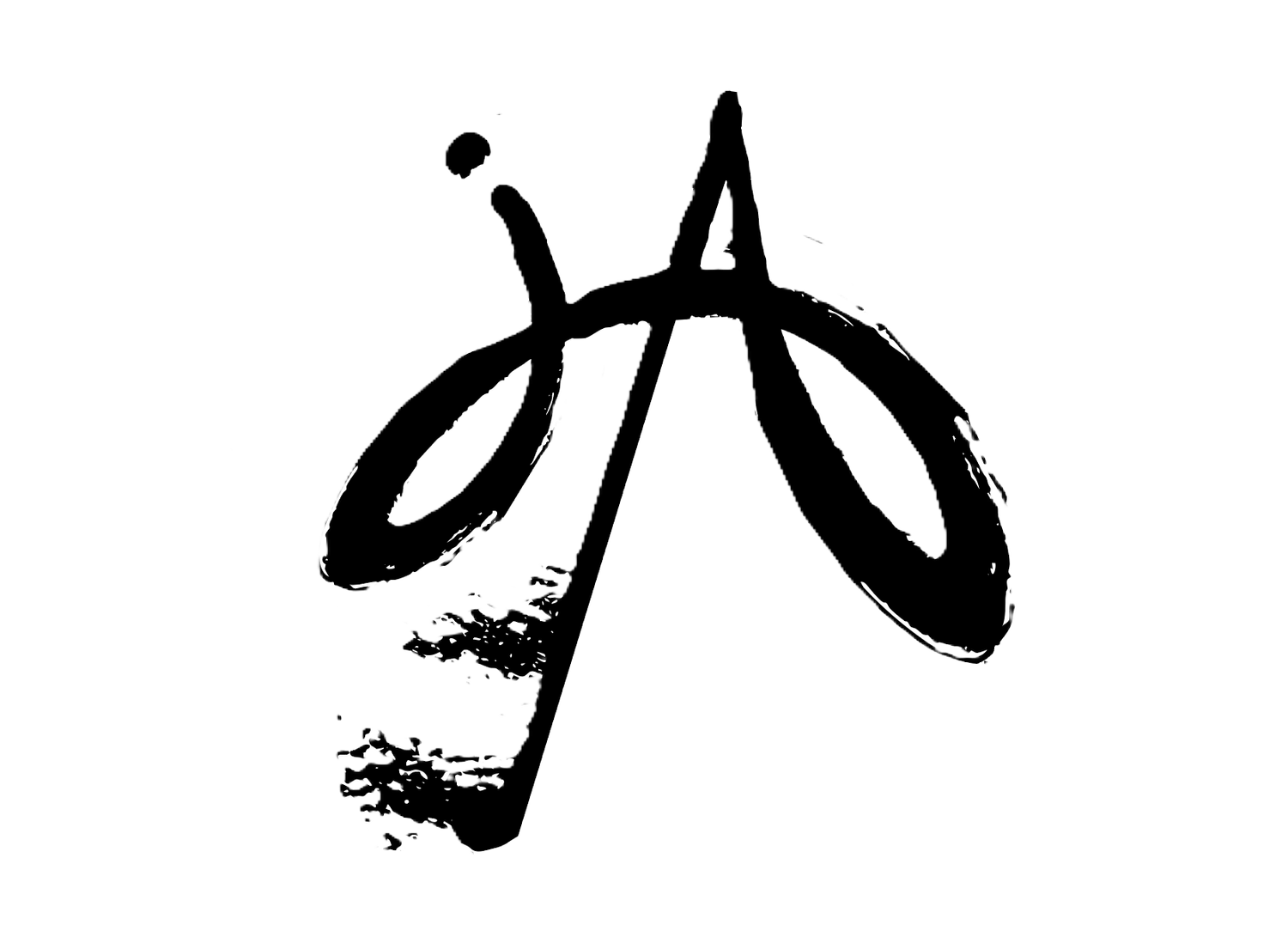Nutrition facts of kikurage and its benefits
The most notable nutrients in kikurage are vitamin D and dietary fiber! First, vitamin D is essential for bone health, as it helps the body absorb calcium efficiently. Although our bodies can produce vitamin D when exposed to sunlight, it’s becoming harder to get enough sun due to concerns about UV rays and the effects of climate change. In fact, if you wear sunscreen, your body can’t produce vitamin D even when you’re in the sun. On top of that, there are very few foods that naturally contain high amounts of vitamin D, and it's said that about 90% of the Japanese population is deficient in this important nutrient. Vitamin D is vital—not only for growing children but also for adults who want to stay healthy as they age. The recommended daily intake for adult women is about 18 grams of vitamin D-rich food, and just 6 grams of dried kikurage can help meet that target. Among all mushrooms, kikurage ranks at the top in vitamin D content! Kikurage is especially rich in insoluble dietary fiber. Insoluble fiber absorbs water and expands in the digestive tract, stimulating the intestines and helping to relieve constipation. When you chew it thoroughly, it provides a strong sense of fullness, which can help prevent overeating—making it an effective food for weight management as well! Kikurage contains a variety of minerals, including calcium, iron, potassium, magnesium, and zinc. Among these, the most well-known—calcium—is present in an amount equivalent to about one-third of a cup of milk, while the iron content is roughly the same as one-fifth of a serving of liver. Minerals are essential nutrients that help regulate bodily functions and support various reactions within organs and tissues. Since the human body cannot produce minerals on its own, they must be obtained through the diet.

